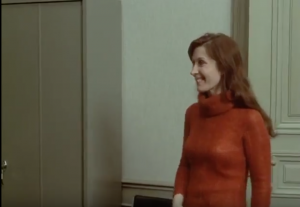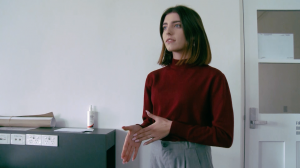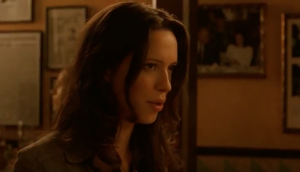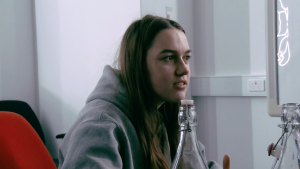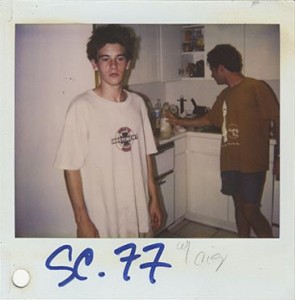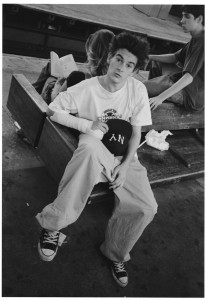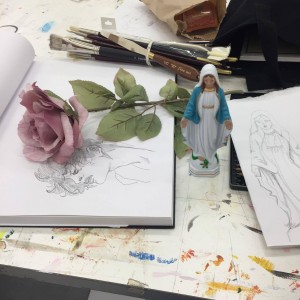reflection: girl, outside
I wasn’t really considering the possibility of creating my film concept and so when Alex approached me, excited about my pitch, I was taken aback. Could my film – a girl, outside, eating breakfast, really become something enticing? Alex and I share a lot of the same filmic interests and we have a similar aesthetic appeal. We spent the class mostly discussing Lolita dir. Stanley Kubrick (1962) and although my piece isn’t intended to explore such nymphet desire, it is visually solid research material.
Upon leaving class, I thought long and hard about the relationship between the girl featured in my piece and her neighbour – How old are they? What are their interests? What is their relationship? etc. In order to develop the scene, I came up the idea that her admirer not be someone her age or older, but a young boy of 8-10 years old. It is around this age that one remembers their first crush, or at least, the age that I remember mine. I want the boy to be playing with a ball whilst watching the girl meticulously set up her banana chair and whatnot. There is no sound save for atmos and whatever sound there will be, I will add in post-production. For example; the sound of the ball, the scraping of the banana chair on the concrete, the slurping of a drink… This is so as I believe that when one recalls on a certain memory from their childhood, certain stimuli is more heightened than others and that is what my piece is – an episodic memory from the past, perhaps narrated by an older man’s voice.
I’ve been scouring airbnb for a very specific outdoor area that I can book for the shoot but unfortunately, everything suitable is taken or the owners do not allow filming on the premises. To remedy this, I thought of using my grandmother’s backyard, which is the setting where I wrote the initial observation. It has a very 1970’s, European-Australian feel, which suits my project since Alex and I discussed the film in relation to vintage photo shoots that we’re inspired by. It is also extremely convenient to use a space where the owner allows you to do as you wish, signifying that we could run a few test shoots before the day of production.

